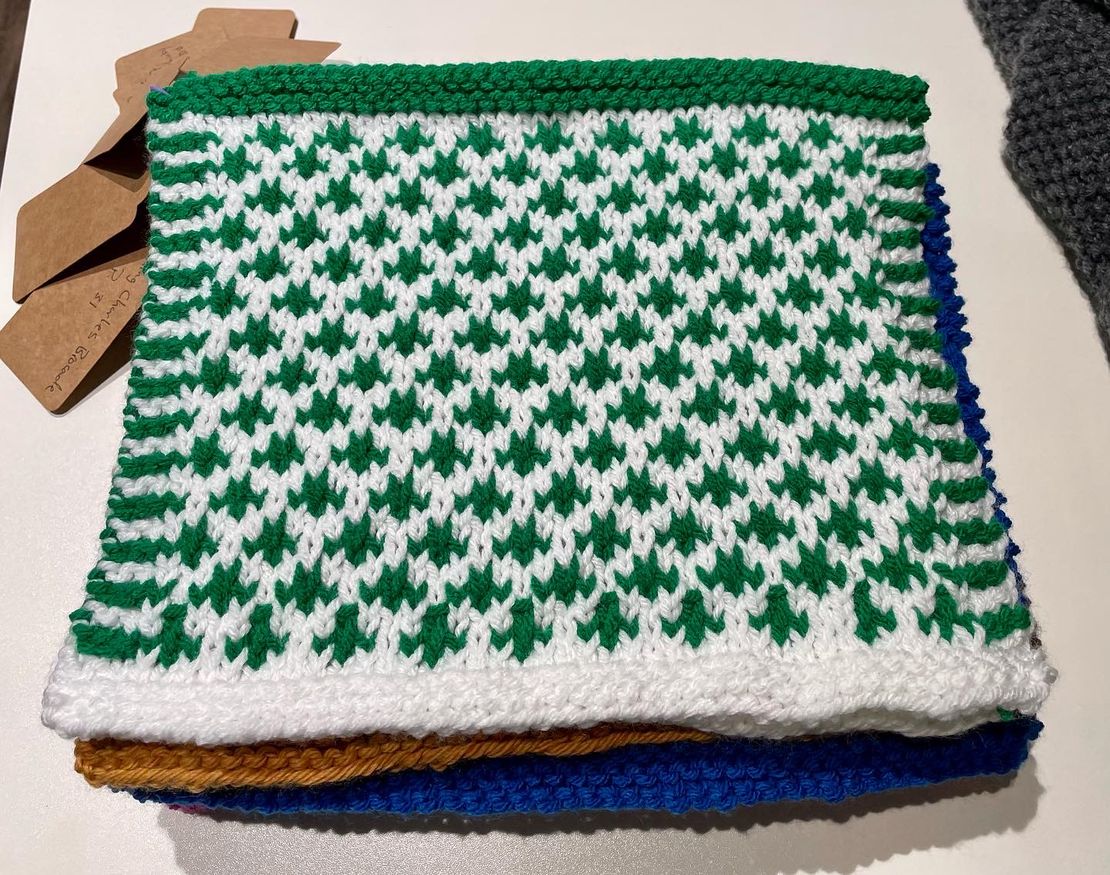
“Writing the Novel” Lawrence Block
- William Estep
- Club reading
- August 30, 2008
Table of Contents
Lawrence Block is certainly a very successful writer. He currently has178 books listed on Amazon.com. The introduction starts with Mr. Blocktelling us why he wrote this book:
This is a book designed to help you write a novel. It contains thedistillation of my own experience of twenty years as a publishednovelist, plus a considerable amount that I’ve learned from otherwriters. My goal throughout has been to produce the sort of book Imight have found useful when I set out to write my own first novel.
And he does just that. This is a very entertaining and insightful book.Mr. Block shares many experiences with us as well as much hard learnedknowledge. The opening paragraphs sum up these thoughts:
If you want to write fiction, the best thing you can do is take twoaspirins, lie down in a dark room, and wait for the feeling to pass.If it persists, you probably ought to write a novel. Interestingly,most embryonic fiction writers accept the notion that they ought towrite a novel sooner or later.
The book goes on to tell us why we should write a Novel. The bookfrequently gives specific advice regarding technique, but more oftenthan not, the book reminds us that there is no right or wrong way – an author must decide what works best for him. In fact, Mr. Block repeatsthis two sided answer so often, that by the end of the book it’s almostannoying. But he gets the point across – what writers do is write.
The list of Chapters shows how the book develops:
- Why Write a Novel?
- Deciding Which Novel to Write.
- Read . . . Study . . . Analyze.
- Developing Plot Ideas.
- Developing Characters.
- Outlining.
- Using What You Know . . . and What You Don’t Know.
- Getting Started.
- Getting It Written.
- Snags, Dead Ends and False Trails.
- Matters of Style.
- Length.
- Rewriting.
- Getting Published.
- Doing It Again.
There is a great deal of information tucked in the 200 pages. There isalso an excellent section at the end of the book listing several pagesworth of More Great Books for Writers.
While this isn’t a technical study on any given topic, would be writersshould consider this a ‘must have’ in their library. The book providesgreat objectivity and motivation.



